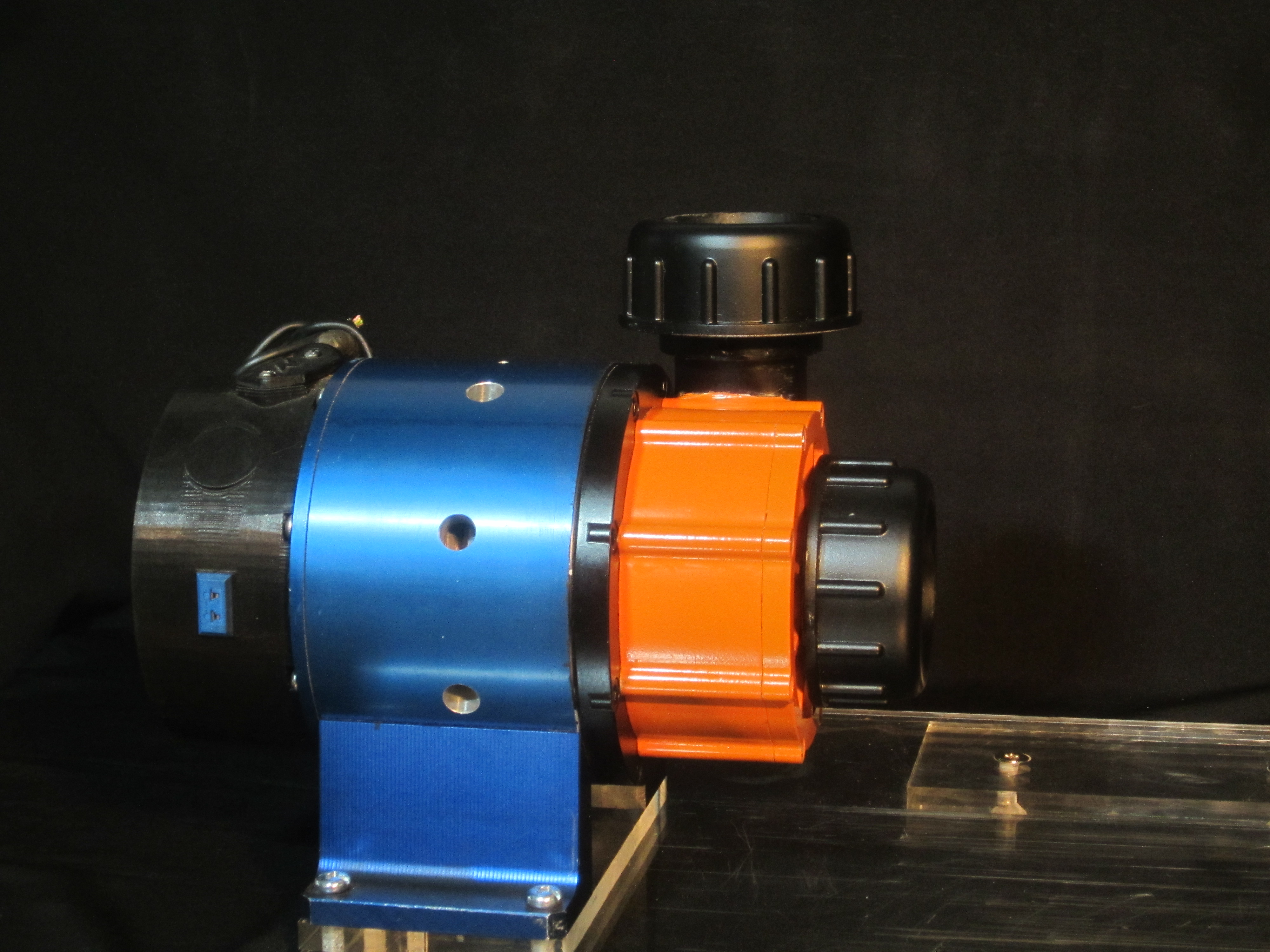
Australian pump design specialist, New Fluid Technology (NFT), has announced its new variable speed, general purpose pump for irrigation, agriculture, aerospace, marine and automotive.
NFT has been developing this style of pumps, known as Supa-Stelth, for more than 10 years, working on the Solid Body Vorticity (SBV) principle of operation. The company says that pumps operating on this scientific principle outperform centrifugal pumps by around 30% in terms of efficiency.
In Supa-Stelth pumps the impeller is, in effect, a solid body of water that cannot change its shape because of the speed it is travelling through a small vortex-shaping surface. This is the only hard surface that comes into contact with the impeller (the body of water).
The primary function of the physical impeller in Supa-Stelth pumps is to introduce the water to create the impeller in the first place and it then continues to feed in new water. The impeller made of water can spin at much higher rpm than standard pumps.
Supa-Stelth pumps can and do use conventional induction motors. With variable speed drives operating at much higher rpm, efficiency increases as the rpm increases.
The pumps have an impeller diameter of 77 mm (3 in) and, at 4516 rpm, can deliver a hydraulic efficiency of 75% at 267 litres per minute at a head of 157 kPA. With a 93 mm (3.66 in) impeller it can deliver 370 litres per minute at 455 kPA. This enables one stage to replace a seven-stage pump for rural and irrigation applications.





